Table of content
Cooking rice might seem like a straightforward task, but achieving the perfect texture and flavor requires attention to detail and a bit of culinary finesse. One crucial step often overlooked is the process of washing the rice before cooking. This article delves into the intricacies of how to wash rice properly and cook it to perfection, ensuring a delicious and satisfying meal.
Understanding the Importance of Rice Washing
Before diving into the specifics of washing rice, it’s essential to understand why this step is necessary. Rice, particularly white rice, often contains surface starch, dust, and sometimes even traces of pesticides or other contaminants. Washing rice helps remove these impurities, improving both the taste and the overall eating experience. It also prevents the rice from becoming excessively sticky or clumpy during cooking.
Selecting the Right Rice
Before you even think about washing, it’s crucial to choose the right type of rice for your dish. There are numerous varieties available, each with its unique texture and cooking requirements. Some common types include:
- White Rice: Long-grain, medium-grain, and short-grain varieties. Long-grain rice is ideal for pilafs and fried rice due to its separate grains. Medium and short-grain rices are better suited for sushi and risotto, respectively, as they become stickier when cooked.
- Brown Rice: Healthier than white rice due to its higher fiber content. It takes longer to cook and has a nutty flavor.
- Wild Rice: A nutritious, chewy alternative often mixed with other grains.
- Aromatic Rices: Such as basmati and jasmine rice, known for their fragrant aroma and delicate flavor.
Tools You’ll Need
To wash and cook rice effectively, you’ll need a few basic tools:
- Rice Cooker: While not absolutely necessary, a rice cooker simplifies the cooking process and ensures consistent results.
- Colander or Strainer: Essential for rinsing the rice under running water.
- Measuring Cups: For accurate portioning of rice and water.
- Pot with Lid: If you’re not using a rice cooker, a heavy-bottomed pot with a tight-fitting lid is ideal.
- Spoon or Spatula: For stirring and fluffing the rice after cooking.
The Step-by-Step Guide to Washing Rice
-
Measure the Rice: Start by measuring the desired amount of rice. A general rule is to use about 1 cup of rice for every 2 to 2.5 cups of water, depending on the rice type and your preferred consistency.
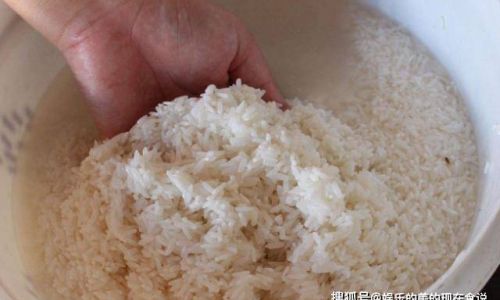
-
Rinse Under Cold Water: Place the rice in a colander or strainer and rinse it under cold running water. Use your hands to gently rub the grains together, helping to dislodge surface starch. The water may become cloudy, indicating the removal of impurities.
-
Drain and Repeat: Drain the rice thoroughly after each rinse. Depending on the rice quality and your preference, you may need to repeat the rinsing process 2 to 3 times until the water runs relatively clear.
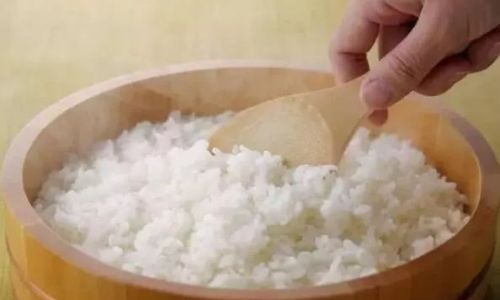
-
Soaking (Optional): For some types of rice, especially brown rice, soaking can shorten cooking time and improve texture. Soak the rinsed rice in fresh water for about 30 minutes to an hour before cooking.
Cooking the Rice
Once the rice is properly washed, it’s time to cook it. Here are two methods: stovetop and rice cooker.
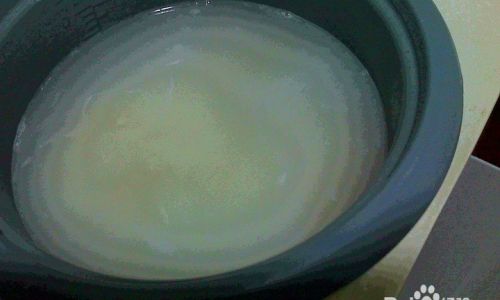
Stovetop Method
- Combine Rice and Water: Place the rinsed rice and measured water in a pot. Add a pinch of salt if desired.
- Bring to a Boil: Cover the pot and bring the mixture to a boil over medium-high heat.
- Reduce Heat and Simmer: Once boiling, reduce the heat to the lowest setting possible while maintaining a gentle simmer. Let the rice cook covered for the appropriate time based on the rice type (usually 15-20 minutes for white rice and 40-45 minutes for brown rice).
- Rest and Fluff: Remove the pot from heat and let it sit covered for an additional 10 minutes. This allows the rice to finish absorbing the water and steam. Use a fork or spatula to gently fluff the rice, separating the grains.
Rice Cooker Method
- Add Rice and Water: Place the rinsed rice and measured water into the rice cooker’s inner pot. Add salt if preferred.
- Set and Cook: Close the lid and turn on the rice cooker. Most models have an automatic setting that detects when the rice is cooked and switches to a warming mode.
- Fluff and Serve: Once the rice cooker indicates that the rice is ready, open the lid carefully to avoid steam burns. Use a spoon or spatula to fluff the rice before serving.
Tips for Perfect Rice
- Use Fresh Water for Cooking: Always use fresh water for cooking the rice after rinsing.
- Avoid Stirring Too Much: Stirring the rice too frequently during cooking can release more starch and make it stickier.
- Watch the Water Level: The correct water-to-rice ratio is crucial. Too much water will result in mushy rice, while too little will make it dry and hard.
- Resting Period: Never skip the resting period after cooking. It allows the rice to finish absorbing moisture and achieve the perfect texture.
Conclusion
Mastering the art of rice washing and cooking is a fundamental skill in the culinary world. By following these steps and tips, you can ensure that your rice dishes are always flavorful, tender, and visually appealing. Whether you’re preparing a simple side dish or a complex multi-course meal, perfectly cooked rice can elevate your culinary creations to new heights. Happy cooking!
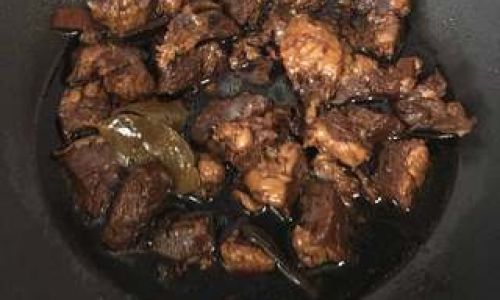
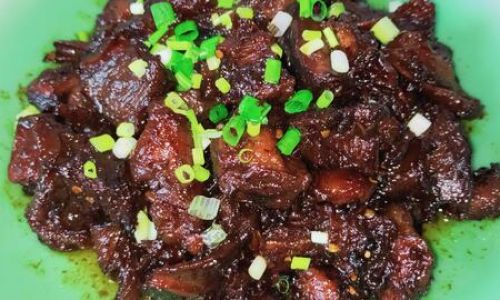
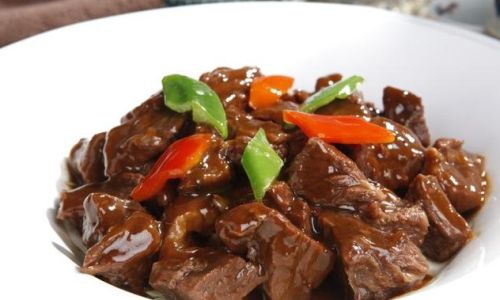

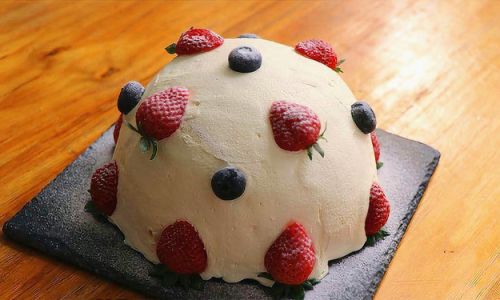

0 comments